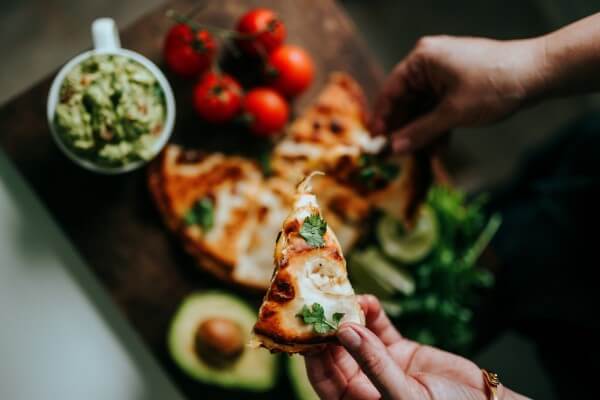Is Your Restaurant Embracing These Healthy Eating Trends?

As diners become more health conscious with ever increasing access to nutritional studies, YouTube health channels and an ever growing array of online, healthy meal prep services, traditional dine-in and delivery based restaurants are taking notice and embracing the following healthy diet trends:
Vegetarian and Vegan
While vegetarians and vegans are still a small portion of the overall dining market, an increasing number of people are giving these diets a try, even if it’s just one or a few days a week. Many aren’t ready to jump completely into these more restrictive diets permanently but find that even going vegetarians or vegan one or two days a week helps them loose weight, feel better and improves various health markers.
Processed meat alternatives like Impossible Burger and Beyond Meat have gotten all the attention the last couple of years and these do provide an easy way for restaurants to offer a vegan/vegetarian option without too much overhead, reusing existing menu items just with the beef/pork/chick swapped out with the vegetable based alternative. However, these are still highly processed food items and just how healthy they actually are is up for debate. Adding a few other dishes such as lentil-based stews, pastas with plant based meat alternatives or a vegetable medley helps give additional choices without overcomplicating the menu and meal prep as most of the base ingredients can be used for other dishes.
Gluten-Free
While the gluten-free trend has been around for a while and has started to decline in popularity the last couple of years, there are still a lot of people who seek out gluten-free options, either for legitimate health conditions or simply because they feel they’re healthier.
If you offer pastas, pizzas, burgers or sandwiches, gluten free pastas, pizza crusts and breads are easy to come by, don’t come at too much of a premium and having at least one or two options really is appreciated by those with a genuine inability to process gluten.
Low-Carb
Low-carb diets, whether it’s low or very low such as keto have increased in popularity in recent years as more diet research comes out showing the how high carb intake is the main culprit for heart disease, type-2 diabetes and even various forms of cancer and premature aging.
Sugar is added to almost everything these days, either as some kind of refined sugar or corn syrup; and breads, pastas, rice and other grains all ultimately become sugar in our bodies.
Simply swapping out dressings and sauces with sugar for those which are sugar free and offering vegetable based rice and pasta such as cauliflower rice or zucchini noodle side dishes are an easy way to turn a main dish of meat or a vegetarian/vegan dish into a healthy, low carb option.
Beyond Organic
While “organic” can mean a lot of things when it comes to food and they’ve been getting increasingly popular, many diners now are looking beyond just organic ingredients and seeking out those which come from sustainably operated farmers and ranchers as well as ones in the local area.
This is especially true when it comes to seafood which continues to rely more and more on unclean, large scale farming operations which produce inferior and even toxic forms of what used to be very healthy foods (looking at you, farmed salmon!).
While it depends on the price point your restaurant targets, many diners, even in a recession, are willing to pay a premium for organic, sustainably and locally sourced foods as well as wild caught seafoods rather than the farmed variety.
Don’t Just Embrace These Trends, Promote them!
Make sure your website, social media profiles, Google Maps listing, menu and wait staff are all letting people know that you offer these healthier options. When let them know that you care about their health and desire to try healthier eating habits and are there to provide them with quality options to meet their needs.
Create a healthy-options section on your menu, let your diners know where you’ve sourced your quality ingredients from. You don’t have to write a book about it but a short paragraph and photo of one of your local or independent farmers/ranchers goes a long way to making your diners feel you really care about them, the environment, and they’ll be much more likely to happily pay more for a healthier, cleaner eating experience.